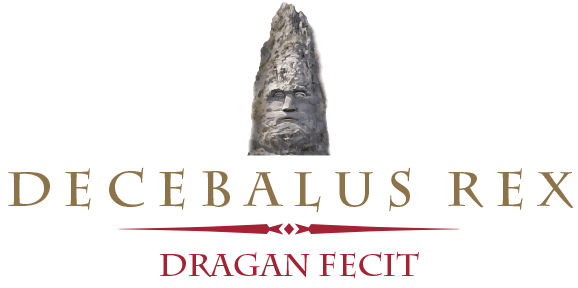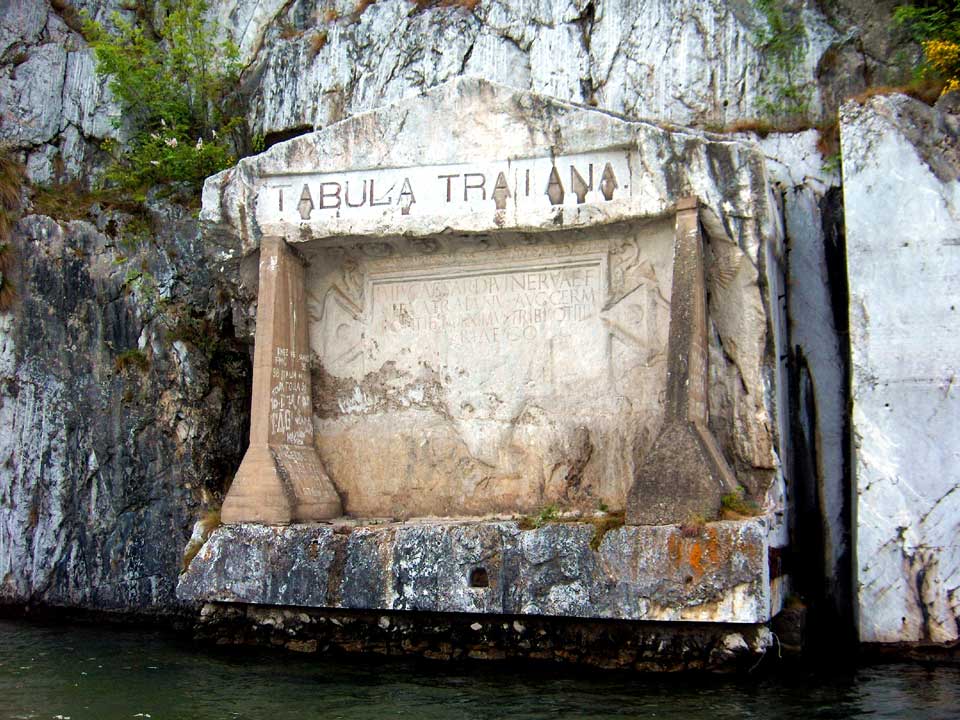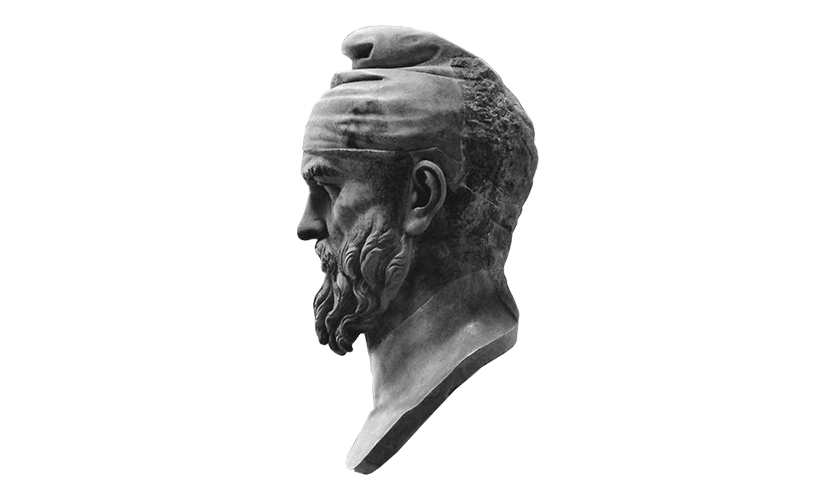The rock, 128 meters high, located in the area of the rapids of Cazanele Mici, where the Danube has the greatest depth, equal to 120 m., was chosen by Giuseppe Costantino Dragan in 1985. The works began, however, eight years later, in 1993. In the end, the face of Decebal Rex was born from the rock of the mountain, a remarkable monument, unique in the world.
The invincible king Decebalus, who preferred to take his own life rather than lay down his arms at the feet of the Roman emperor, deserves a place of honor in the landscape of this country, which he defended with stubbornness, audacity, and pride. Emperor Trajan himself was able to appreciate the pride of the Dacian king, dedicating Trajan’s Column in Rome to the bloody battles he waged against him. After all, Trajan can be considered the heir of Decebalus, said Giuseppe Costantino Dragan, creator, and financier of the monument.
Decebalus looks at us and watches over us from the rock of the mountain, on the border of the territories where he reigned, fought, and died. His face shows stubbornness, dignity, and pride, the features are expressive, the gaze straight, penetrating, and acute, everything in him suggests great firmness … He is the face of a great king-hero in the history of the Romanians – Decebalus Rex.



